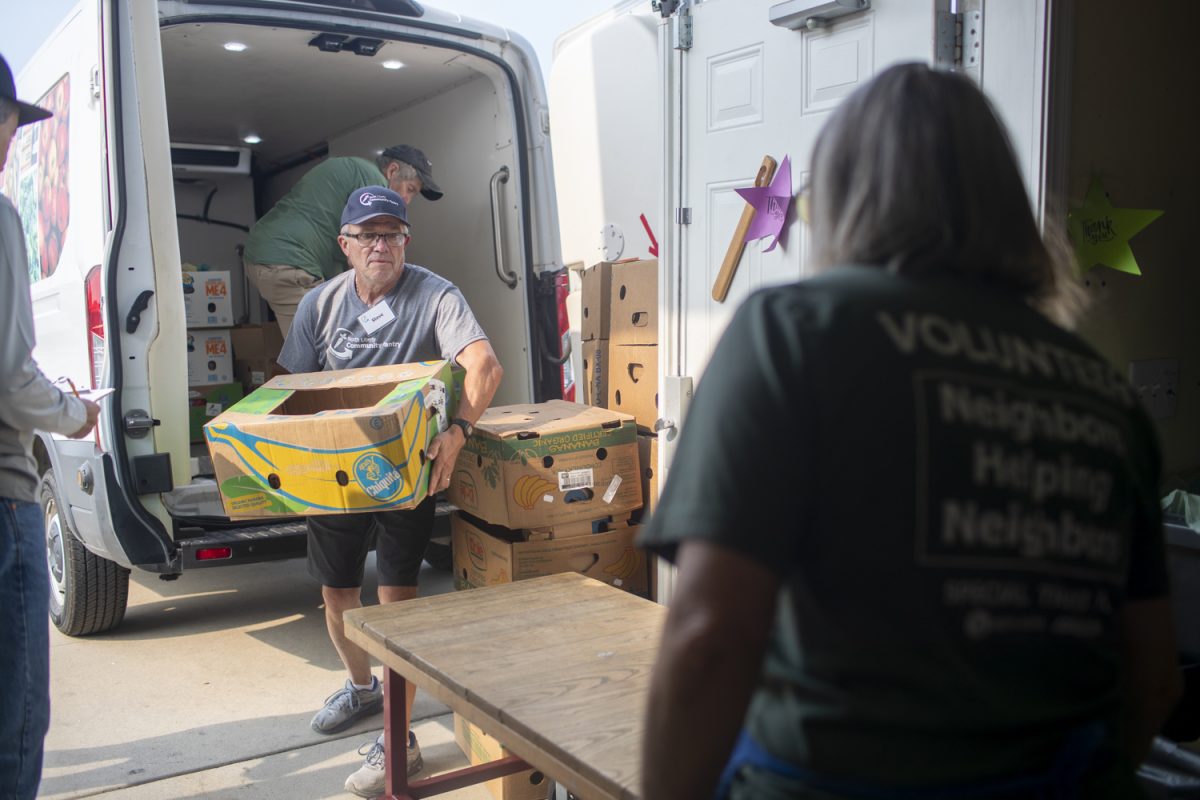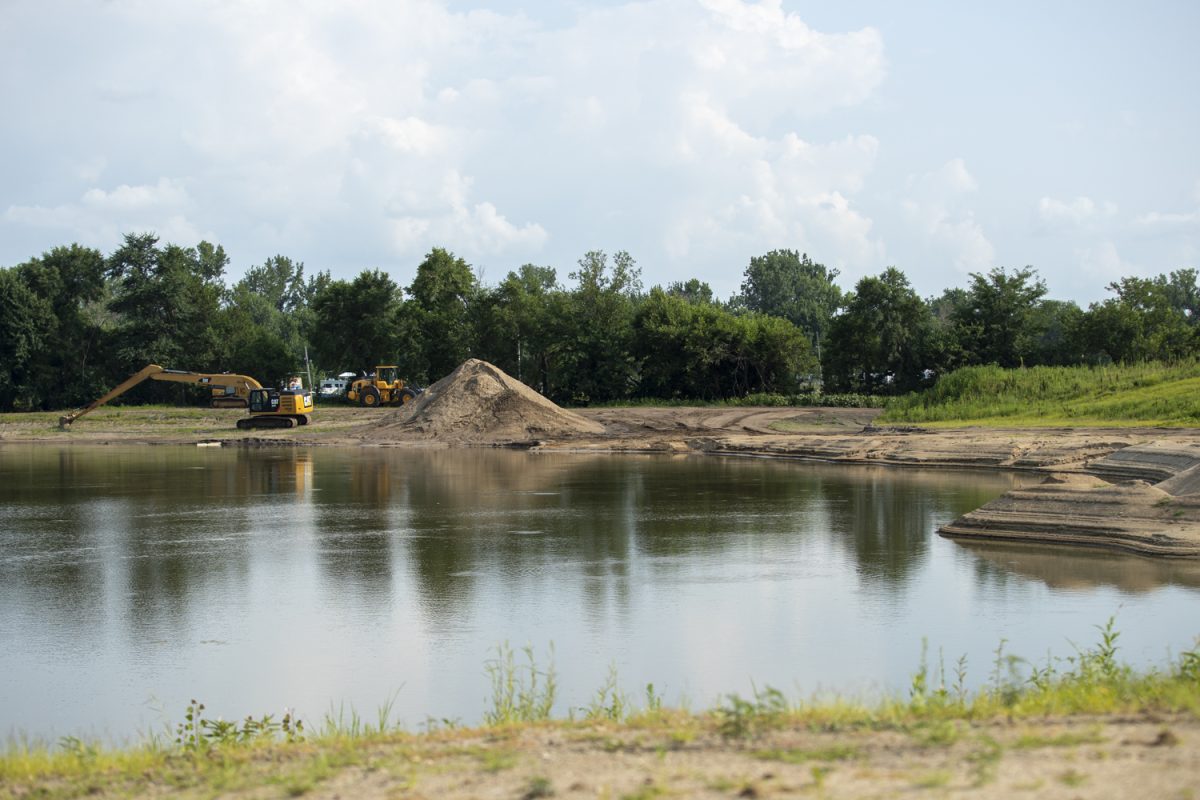According to its yearly affordable housing report, Johnson County has the highest percentage of cost-burdened households in Iowa. Renters in Iowa City are considered the most cost-burdened in the county.
Data from the National Low Income Housing Coalition shows that 55 percent of U.S. renters were reported as cost-burdened, with 17 percent of homeowners cost-burdened.
Johnson County Social Services Director Lynette Jacoby presented the report to the Johnson County Board of Supervisors. She said affordable housing is an ongoing issue in Johnson County because of a rapidly increasing population, with lackluster increases in the housing supply that combine with a high cost of living and relatively low wages.
Additionally, University of Iowa students and county residents must compete for low-rent housing.
The housing report stated households with the lowest incomes are disproportionately cost-burdened — 92 percent of extremely low-income and 67 percent of very low-income households are housing cost-burdened.
Extremely low income was defined as a four-person household earning less than $34,600 while a household earning $57,700 is low income.
Jacoby said communities across the country are grappling with affordable housing, and as federal pandemic funds dry up, many communities’ affordable housing needs will only grow.
In terms of supply, the report revealed a hefty shortage of affordable housing. For extremely low-income renters, there is a shortage of 57,191 affordable homes for rent in Iowa.
Johnson County represents 14 percent of the overall statewide deficit, with a shortfall of 8,205 units.
According to the housing report, Johnson County has the lowest number of affordable and accessible units in the state, with only 18 units per 100 extremely low-income households.
As the housing problem looms, county officials continue to invest in solutions. The county’s investment in affordable housing increased 102 percent from fiscal 2020 to fiscal 2023.
Jacoby credited the increase in investment to a reflection of the need for housing in the county, and the infusion of American Rescue Plan Act funds has allowed the county to further invest in affordable housing.
She presented several recommendations to the supervisors and highlighted current programs alleviating the housing problem in the county, including emergency shelter and housing rehabilitation.
Johnson County Vice Chair Rod Sullivan said many of Jacoby’s approaches have already been adopted, and affordable housing is a huge priority for all five supervisors, and he is very proud of the work they have done and continue to do.
At the Nov. 9 formal session, the supervisors unanimously approved $100,000 in additional ARPA funding to the East Central Iowa Council of Governments for housing rehabilitation, modification, and emergency home repair.
Jacoby said housing rehabilitation helps retain affordable homeowners, maintain properties, and improve the health and safety of residents while preserving valuable affordable housing stock in the county.
Since its start in February, the housing rehabilitation program has approved 30 projects for low-income Johnson County residents.
The program’s grantees, East Central Iowa Council of Governments and Habitat for Humanity assist residents who live outside of Iowa City limits at 50 percent of the area median income, which is roughly $40,000 for one person.
Deanna Robinson, an East Central Iowa Council of Governments housing specialist, said her phone was busy when the program was announced, and funding was requested because the program ran out of its initial funding, but received more applications.
“There’s a high demand for home rehab, and so all of the programs we have are obligated fairly quickly,” Robinson said. “It’s very challenging if you’re already cost-burdened with normal housing expenses when you have extra housing expenses, like replacing an appliance or something like that, it really strains the household budget.”
Tracey Achenbach, East Central Iowa Council of Governments housing director, said because of the response the program has received from homeowners, it has met a need in the communities of Johnson County.
With the maximum amount a household can receive reaching $12,000, Robinson and Achenbach estimated that the additional funds would allow the East Central Iowa Council of Governments to assist five to 10 more applicants.










